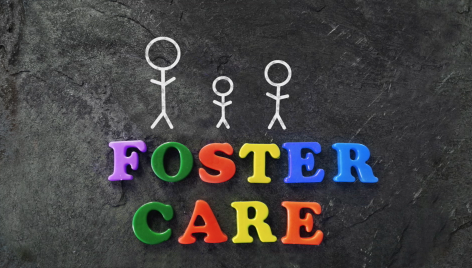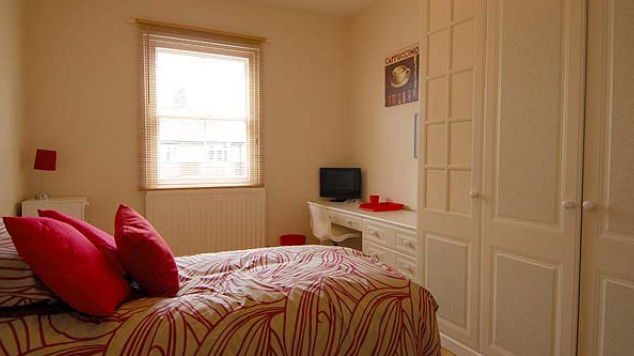- Contact us:
- 01325 466525
- info@acorncare.org.uk

Learning to parent therapeutically
August 30, 2019
Changing Lives in Retirement…
September 30, 2019In our last blog we discussed how therapeutic parenting skills should become second nature to foster carers as they increasingly look after young people with complex needs that come from traumatic backgrounds. In this blog, we plan to look again at the careful balance advocated in the High Structure/High Nurture element of therapeutic parenting – the term used to describe intentional parenting that fosters feelings of safety and connectedness, so that a traumatised child can begin to heal and attach.
At the centre of most therapeutic parenting strategies is the concept of maintaining a highly structured AND highly nurturing environment. At first it sounds like these two things are impossible to do together, but experienced therapeutic parents will tell you that all children, even those without trauma and attachment issues, need a nurturing environment that is structured. However, it is extremely critical that there is a delicate balance of nurture and structure for traumatised children, and here’s why…
Traumatised children, especially those who present with attachment difficulties, have a difficult time trusting their caregiver. They operate from a fear-based view, which is why creating a feeling of safety for the child is so important. They need to be able to let down their defences and process all the positive things we parents want to give them. But it is precisely this fear of trusting a caregiver and the intense need for safety that makes the balance between structure and nurture so critical.
No parent is perfect, so reaching the optimum balance between high structure and high nurture is very difficult. Every day you will err on one side or the other. The goal is to recognise the need for both and to practice/self-assess and to figure out which side you seem to be erring on, so you’re able to use strategies to get you back into balance. If you would like to know more about therapeutic parenting, click here.




